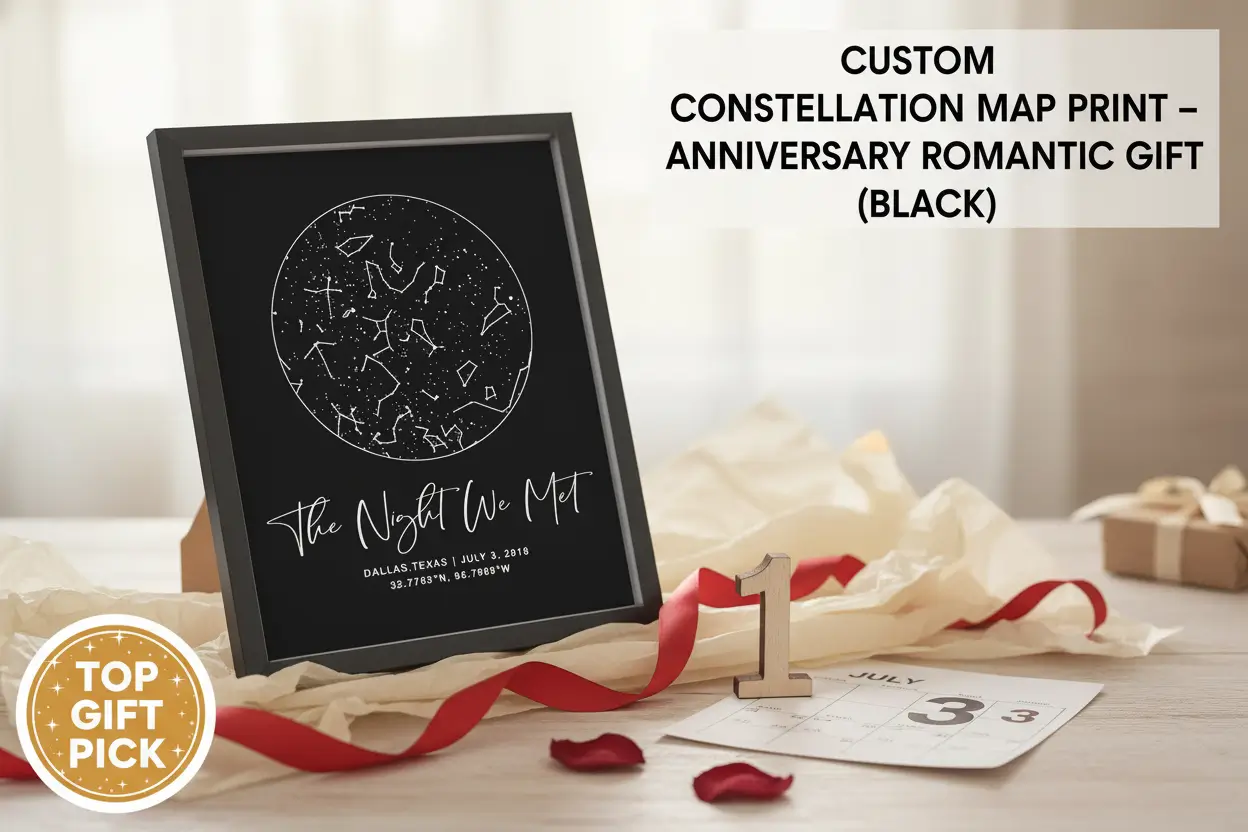Understanding the Culture of Indigenous Tribes in Siberia
Siberia—a name that evokes images of vast expanses of snow and endless taiga, where the frigid winds carry stories older than time itself. This is a land of stark beauty and resilient people—or, as they prefer to be called, the indigenous tribes of Siberia. Within this giant canvas lie over 36 indigenous peoples, each a unique brushstroke in the colorful mosaic of Siberian identity. From the Sakha to the Nganasan, these communities have carved out their existence against one of the world’s harshest backdrops, fiercely holding onto their traditions, languages, and the sacred essence of their ancestors despite waves of colonization and rapid modernization.
The Heartbeat of Siberian Cuisine
When you think of the arctic wilderness, culinary wonders might not be the first thoughts to cross your mind. Yet, the richness of indigenous Siberian cuisine embraces the land’s spirit and its unforgiving climate. It has its own pulse, beating with resourcefulness and adaptability.
Take the Buryat buuz—delicate dumplings filled with succulent meat, shaped and steamed to perfection. Each bite tells tales of family gatherings and warmth during the harsh winters. Then there’s talqan—a rustic meal fashioned from fried and crushed barley grains, often served with a hint of smoky flavors from fresh fish or game meats caught in the wild. The use of locally sourced ingredients like venison, fish, and an array of berries is not simply a nod to tradition; it’s a testament to survival.
“Food connects us,” one elder from the Sakha community remarked as he tended the fire. “It carries our history, our essence.” The kitchen becomes a sacred space, a gathering ground where stories and recipes are passed down, bridging generations.
Traditional Clothing: A Warm Embrace Against the Cold
In the crushing cold of Siberia, clothes are not mere fabric; they are survival tools, carefully designed to withstand the biting chill. Men adorn themselves with a malitsa, a beautifully crafted deer skin garment lined with fur, creating a protective barrier against winter’s onslaught. Along with it, the sokui, a long fur coat that sways gently with each movement, holds stories of many winter hunts and vibrant festivals.
Women grace themselves in long linen shirts, summer dresses embellishing the embroidery that tells tales of their lineage—each stitch a whisper of identity and pride. At festivals, they wear these garments like armor, draping themselves in threads of cultural significance.
“We wear our identity,” says a woman from the Evenk tribe, twirling gracefully in her embroidered dress. “It’s our warmth, our spirit.”
Celebrations That Bind Us
Life in these arctic circles revolves around the rhythm of seasons, and indigenous tribes have woven this cycle into a tapestry of celebrations rich with meaning. Take the Day of the Clean Raw-Hide Tent—a vibrant celebration among the Samoyedic peoples, marking the end of the polar night. Stories are retold, laughter fills the air, and the collective spirit glimmers like the stars above.
Many tribes also observe Orthodox holidays like Christmas and Easter. This blend of traditions reflects resilience, a way of interlacing their ancestral beliefs with the influences that have swept through their lands. It’s here, in these moments of joy and reverence, that Siberian culture finds its strength—a reminder of what was, what can still be.
Challenges on the Horizon
Despite a rich tapestry of traditions, the indigenous communities of Siberia are often ensnared in a web of challenges. The Nganasan, for instance, face deep-rooted issues like a soaring suicide epidemic. Poverty, environmental degradation, and the relentless tide of cultural erosion threaten their very existence.
The echoes of the Soviet era linger ominously. Collectivization policies, designed to integrate these tribes into a more ‘modern’ lifestyle, often stripped away their traditional practices of reindeer herding and nomadic life.
“We are losing our connection to the land,” murmurs a young Nganasan herder, eyes dark with worry. “Every day, I feel further from my ancestors.”
A Resurgence of Traditional Beliefs
In recent years, a flicker of hope has sparked within these communities. The flame of cultural revival burns brighter, drawing in the younger generations eager to reclaim their roots. The Buryats have taken active steps to revitalize their shamanistic traditions alongside Tibetan Buddhism, weaving a breathtaking narrative of spiritual resilience into the fabric of modern Siberian life.
Local governments and international organizations are beginning to acknowledge the value of these cultures. Workshops, festivals, and educational programs pop up, showcasing traditional art forms and narratives. It’s vibrant and intoxicating—the revival isn’t just a rejection of modernity; it’s a harmonious integration.
Key Indigenous Groups of Siberia
As travelers learn about the diverse indigenous tribes of the region, let’s paint a clearer picture of some of the most prominent groups:
- Sakha: The largest indigenous group, adept at reindeer herding, their culture is steeped in folklore, music, and myths.
- Evenk: Nomadic reindeer herders and hunters, they traverse the vast Siberian forests with a connection to nature that runs deep.
- Nganasan: Known for their semi-nomadic reindeer practices, they face significant challenges yet persevere with the strength of their ancestors.
- Buryats: Close relatives of Mongolian peoples, their rich traditions of art, music, and spirituality have been reconstructed and celebrated through renewed cultural identity.
A Journey Through Time and Tradition
The stories of Siberia’s indigenous tribes are not just echoing voices in the wind; they are narratives that evoke awe and reflection. The dance of nomadic life amidst the challenges of modern existence provides a profound commentary on resilience.
Each community represents a fragment of a greater truth—a truth that speaks to our shared humanity. As travelers, we are not just observers; we are partakers in a story as old as time, yearning to understand and connect with the depth of this indigenous experience.
When we wander through their lands, we must listen closely. The land, the rituals, the people—they have much to teach us about respect, humility, and the power of culture.
“We carry the spirit of our ancestors,” says an elder observing the horizon as the sun dips low. “And when you come to our land, you carry it with you.”
Conclusion: A Call to Remember and Respect
As we conclude our exploration of the indigenous tribes of Siberia, we are left with an indelible impression of a world rich in traditions, resilience, and deep-rooted belief systems. The intricate dance of life within these communities reveals not just survival, but the flourishing of culture—a testament to human spirit even in the face of modern challenges.
Every story shared within these snowy realms reverberates with the importance of cultural preservation and understanding. As travelers of life, let’s join in the chorus and carry forward the tales of the brave Sámi, Evenk, Nganasan, and Buryat. These are not mere observations, but humane connections that bridge gaps across land and time.
In our journey, may we reflect on their struggles, celebrate their victories, and imbue our own lives with the richness that their cultures offer.
If the Siberian wilderness teaches us anything, it’s this: The spirit of humankind thrives in diversity, and embracing our uniqueness enriches the tapestry of our existence.
Interested in more insightful reads? Check out our Travel Tips section for the latest advice. For lifestyle inspiration, explore our Lifestyle category, and dive into amazing destinations at Destinations. Don’t forget to connect with us on YouTube, or follow our adventures on Instagram and Pinterest.













